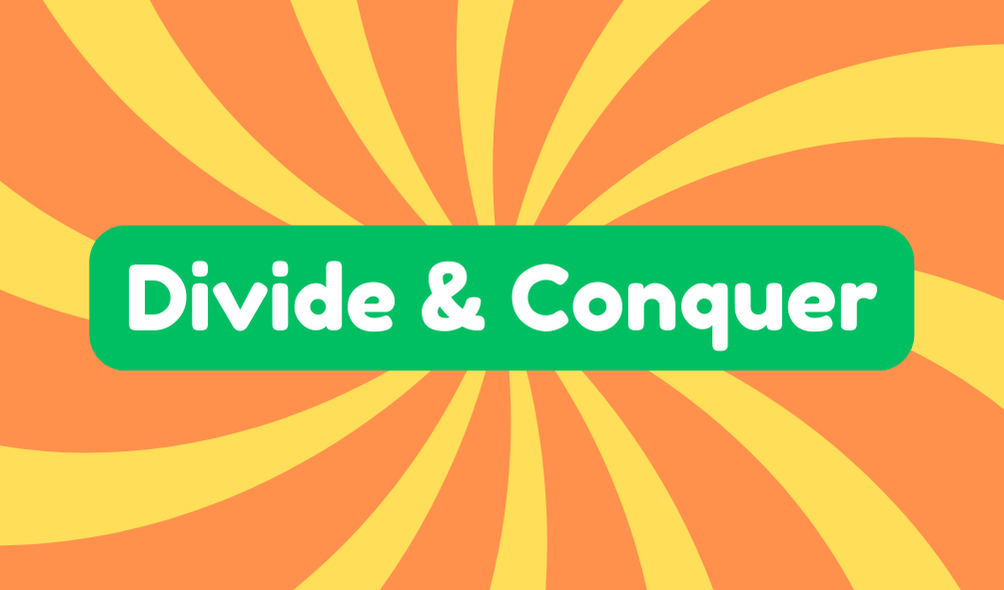Divide and conquer, often called "divide and rule," is a strategy used to gain control by creating divisions within groups. This tactic has roots in Latin and has been used since ancient times, from warfare to modern politics and business. It fosters disunity and mistrust, allowing leaders to maintain power over fragmented groups. While it may provide short-term advantages, it can lead to long-term consequences, like weakened collaboration and internal strife. Understanding these tactics is essential in today's complex social landscape. If you think this is relevant, you'll find deeper insights into its implications ahead.
Synonyms
When you think about "divide and conquer," you might visualize strategies that break down unity. This method is often wrapped in various terms that hint at its manipulative essence. Here are some synonyms that capture the spirit of this tactic:
- Fragmentation: Splitting groups to weaken their strength.
- Disunity: Creating discord among opponents.
- Sow discord: Instigating conflict to divert attention.
- Alienation: Isolating individuals to disrupt cohesion.
- Fissuring: Splitting into parts to undermine effectiveness.
Each term reveals a facet of manipulation tactics and strategic warfare. While these concepts can yield immediate victories, they also beg the question: at what cost? You must consider the potential erosion of trust and unity that might follow, serving as a stark reminder of their implications.
Example of Sentences
Numerous examples illustrate the concept of "divide and conquer" in action. You can see it in various situations, reflecting tactical division and strategic manipulation. Here are a few situations that capture this idea:
- "The plan today is to divide and conquer to complete coursework."
- "Uncertain alliances allow for easier execution of divide and conquer."
- "The warlord effectively employed division tactics."
- "The divide and conquer method will be utilized for homework."
- "Dividing a group can lead to significant mistakes."
While these sentences show how this strategy can be effective, you should also consider the ethical implications. By creating divisions among groups, you might achieve short-term goals at the cost of much-needed unity, leading to potential long-term consequences. So, approach with caution.
Origin
The term "divide and conquer" has its roots in the Latin phrase "Divide et impera," which translates to "divide and rule." It first appeared in English during the 1600s and has since become a pivotal strategy in warfare and beyond. Its historical significance lies in how it's shaped power dynamics across nations and social structures. Over time, the linguistic evolution of "divide and conquer" has reflected its application, moving from battlefields to boardrooms and beyond. While it can foster control and efficiency, this method often leads to internal strife and distrust, raising ethical questions. So, as you explore its applications, remain cautious of the potential pitfalls that such strategies can create within teams and communities.
Collocations
Throughout history, collocations related to "divide and conquer" have emerged in both military and social contexts, highlighting its versatility. You'll notice a range of terms that encapsulate the essence of this strategy:
- divide strategies
- conquer tactics
- divide and rule
- create divisions
- weaken unity
These phrases illustrate how this approach can effectively manipulate adversaries or teams. However, while these collocations may sound clever, it's essential to scrutinize their implications. Employing divide strategies risks creating mistrust and hostility, undermining genuine cooperation. Conquer tactics might provide short-term gains, but they can foster discord in the long run. As a result, learning to balance innovation with collaboration can lead to more sustainable and ethical outcomes, steering clear of the potential pitfalls of divisive methods.
How to Use in Everyday Language
How can you effectively incorporate the concept of divide and conquer into your daily conversations? By strategically discussing power dynamics and building strategic alliances, you can influence outcomes. Use the following table as a guide to explore applications:
| Scenario | Divide and Conquer Application |
|---|---|
| Group Project | Assign roles based on strengths to simplify tasks. |
| Negotiation | Create rifts among opposing parties to gain leverage. |
| Team Management | Foster collaboration by addressing individual concerns. |
| Social Dynamics | Highlight different interests to prevent unity. |
| Conflict Resolution | Encourage separate discussions to reduce tension. |
Why Is It Still Relevant Today?
Divide and conquer remains a powerful strategy in today's complex world, influencing various aspects of life from politics to business. You can see how this method shapes social dynamics, as leaders often exploit divisions among groups to maintain control. Political manipulation thrives on creating uncertainty and distrust, making it easier to sway public opinion. In the corporate arena, managers might use similar tactics to weaken teams and boost their authority, often at the expense of collaboration. While this approach might yield quick results, it can lead to long-term fragmentation and resentment. Being aware of these tactics empowers you to resist manipulation and advocate for unity, ensuring that progress doesn't come at the cost of lasting relationships and trust.







